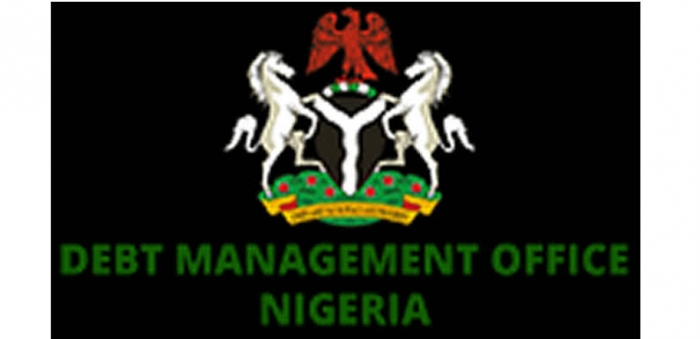Nigeria's total public debt reached N144.67 trillion ($94.23 billion) by December 31, 2024, marking a dramatic 48.58% increase from the N97.34 trillion ($108.23 billion) recorded at the end of 2023, according to the latest report from the Debt Management Office (DMO).
The debt burden continued its upward trajectory with a 1.65% quarter-on-quarter increase from N142.32 trillion in September 2024, reflecting persistent fiscal pressures in the final months of the year.
External and Domestic Debt Components
The substantial rise was driven by increases in both external and domestic borrowings:
- External debt surged by 83.89% to N70.29 trillion ($45.78 billion) from N38.22 trillion a year earlier, influenced by new foreign loans and naira depreciation that inflated the local currency value of dollar-denominated obligations.
- Domestic debt grew by 25.77% to N74.38 trillion ($48.44 billion), with the Federal Government's portion increasing by 32.19% to N70.41 trillion.
Interestingly, states and the Federal Capital Territory reduced their domestic debt burden by 32.27%, from N5.86 trillion to N3.97 trillion, suggesting a more conservative approach to borrowing at the subnational level.
Debt Structure and Future Projections
As of December 2024, Nigeria's debt profile shows a relatively balanced structure with external debt comprising 48.59% and domestic debt accounting for 51.41% of the total.
The country's debt is projected to exceed N157 trillion by the end of 2025, as the government plans to borrow an additional N13 trillion to finance the 2025 budget deficit.
A detailed breakdown reveals that the Federal Government holds N62.92 trillion in external debt and N70.41 trillion in domestic obligations, while states and the FCT account for N7.37 trillion in external and N3.97 trillion in domestic debt.
